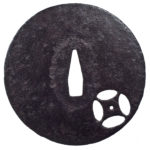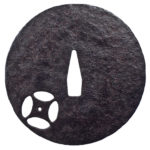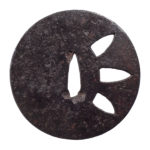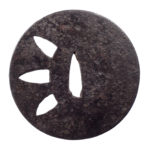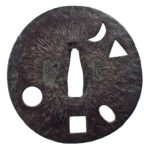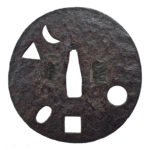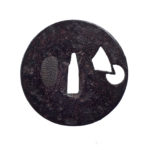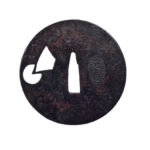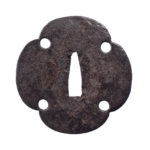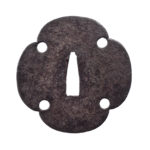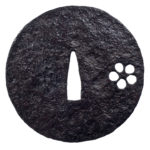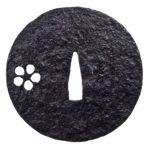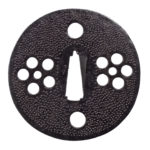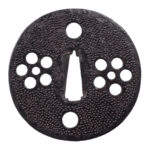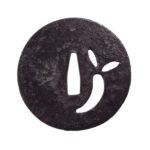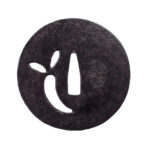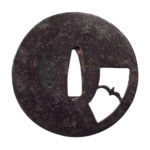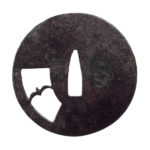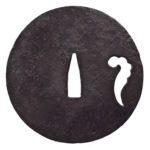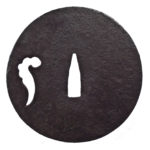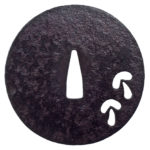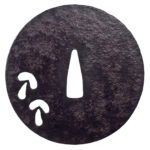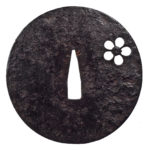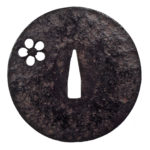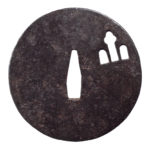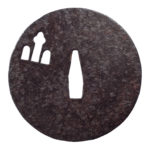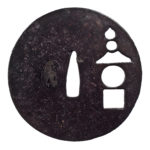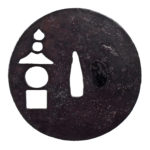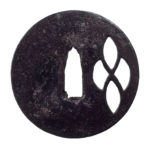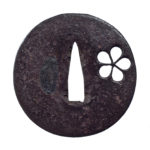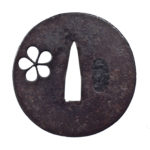Ko-Tosho and Tosho Tsuba
Basic information:
Period of work: Ko-Tosho Tsuba or Old Tosho Tsuba were made from late Heian-period till the End of Edo-period. From arround mid Momoyama-period we speak of Tosho Tsuba.
Province: various
Main Characteristica:
- Thin Tsuba made from iron or steel
- Ko-sukashi design
- Simple designs
Ko-Tosho stands for old swordsmith. These Tsuba were produced from as early as Kamakura-period or even end of Heian-period by sword makers. The metal used resembles that of swords from the same time and their appearance is comparable to their nakago. It is a common theory that Ko-Tosho Tsuba were even made from leftover material from swords, which would also mean that they are made of steel instead of iron.
Judging the age of a Ko-Tosho Tsuba is difficult and there are several theories about. One states, that if the motive is found on the right side of the Nakago-ana, the Tsuba must have been made for a Katana which was worn with the sharp blade upwards, and thus being younger than those with the motive on the left side. However, even by the end of Heian period, lower-class samurai wore their O-gatana and it is most likely that Ko-Tosho tsuba were used by them instead of the upper-class samurai or daimiyo who wore tachi.
As a general rule the older Tsuba have a convex surface on one side and are flat on the other side, later pieces are convex on both sides (lense shape).

